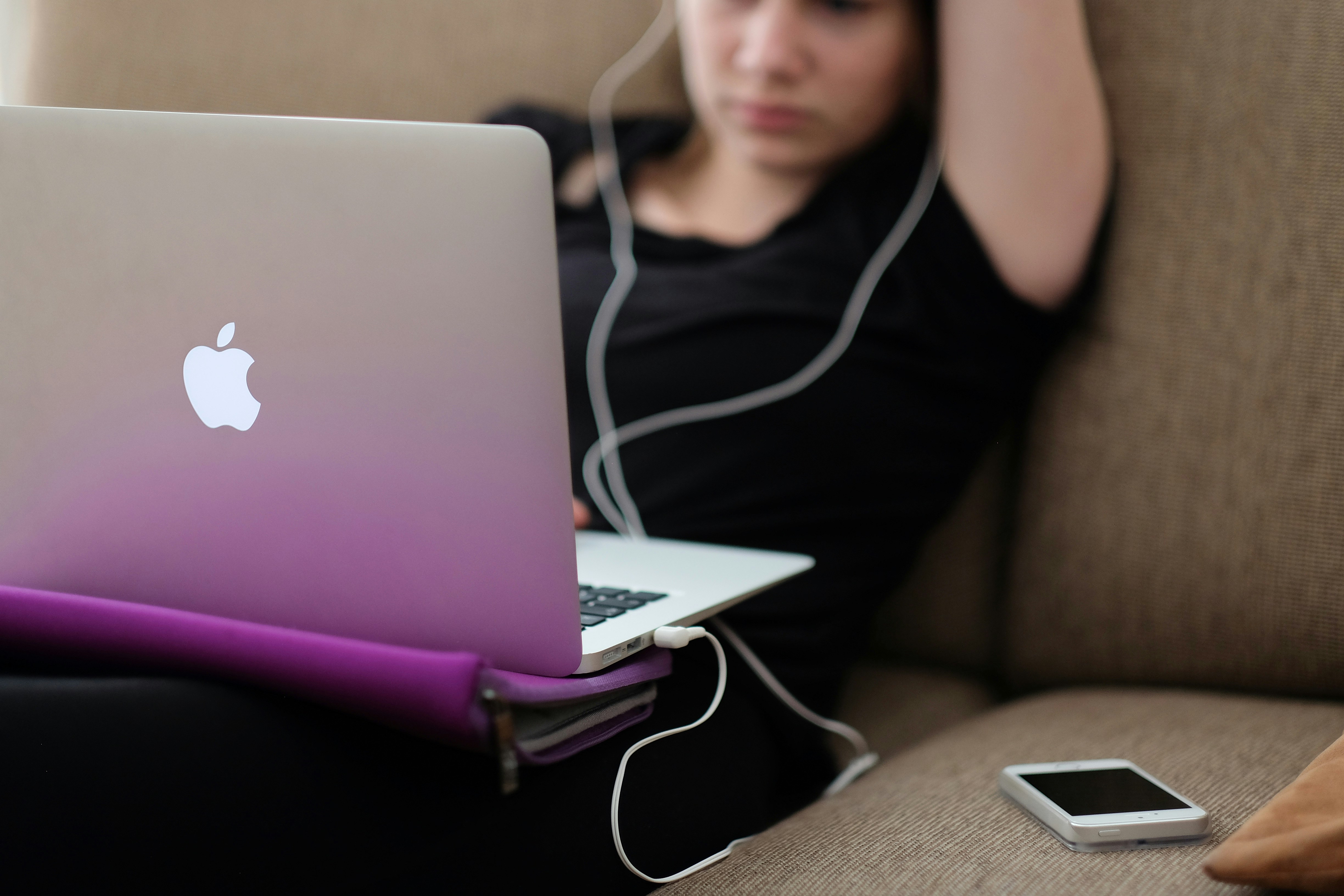Media release
From:
ARCHIVES OF DISEASE IN CHILDHOOD
Externally peer reviewed? Yes
Evidence type: Observational
Subjects: Teenage girls
Some teen girls clocking up close to 6 smartphone hours/day, Finnish study finds
Proportion may be ‘addicted’ to social media and have poorer mental health and wellbeing
Some teenage girls are clocking up close to 6 hours a day on their smartphones, with a significant proportion of them likely addicted to social media, finds research published online in the journal Archives of Disease in Childhood.
Social media addiction was associated with poorer health and wellbeing, the findings indicate.
Recent research has linked increasing levels of anxiety among teen girls with social media use, note the researchers. This may involve several factors, one of which is addiction, with estimated international prevalence ranging from 5% to 31%, they add.
Because both anxiety and social media use are more common among girls, the researchers wanted to: measure objectively the time teen girls spend on their smartphones and especially social media; measure possible social media addiction using a validated scale; and estimate the associations between social media use and addiction with wellbeing.
They therefore contacted all 49 high schools in 3 large cities in Finland: Helsinki; Espoo; and Vantaa. In all, 21 geographically and socioeconomically diverse schools, attended by 1164 female students aged 15-16, chose to participate.
These pupils represented 59% of female high school students in the participating high schools and just over 29% of all female high school students in the study area.
All the teenagers were asked to estimate their daily smartphone use. And of the 656 (56%) who supplied smartphone information, 564 (86%) had 3-7 days of screenshot data including an average of 7 apps; the remainder (92) had just 1-2 days of screenshot data that didn’t include apps.
Some 508 (44%) didn’t supply screenshot data, but were included in the analyses of possible addiction and wellbeing.
From the screenshots, the researchers recorded the number of days with screen time data available, daily smartphone pickups, type of most frequently used apps, and time spent using each of them.
Total screen time was then divided by the number of days to arrive at average daily screen time. Similarly, total app use time was divided by the number of days with data available to find the average daily time spent on different activities.
The Bergen Social Media Addiction Scale (BSMAS) was used to measure possible addiction. Total scores range from 6 to 30, with the higher the score the greater the possibility of addiction. The BSMAS developers suggest that scoring ‘often’ or ‘very often’----that is, 4 or 5 points—on at least 4 of the 6 included items indicates addiction.
Other validated scales were used to measure anxiety and body appreciation, while the teens rated their current health, mood, tiredness, and loneliness on visual analogue scales from 0 to 100, to measure general wellbeing.
Average daily smartphone use, based on at least 3 days of data, was available for 656 teens (56.5%), and for 7 days of data, for 298 (26%). This added up to 350 minutes, or 5.8 hours, with the average time spent on social media, 231 minutes, or 3.9 hours.
The teenagers estimated that they spent 5.2 hours a day on their smartphones.
No significant difference was found between weekdays or weekends or between data based on 3 to 6 or 7 days of use.
Detailed data on the most frequently used apps was available for 564 teens (48.5% of the total). In all, 205 (just over 36.3% of those with available data) spent less than 3 hours/day on social media while 77 (14%) spent 6 or more hours on it.
Data on the frequency of smart phone pick-ups was only available for 74 participants (13%). These ranged from 58 to 356 times/day (average 145). For around 1 in 5 (115; 20.5%) the most frequently used apps included games, which were played for an average of 24 minutes daily.
Based on the BSMAS scores, 183 (17%) teens were possibly addicted to social media. And over a third (371; 37%) scored above the cut-off for potential anxiety disorder.
Daily time spent on social media was associated with lower grade point average, higher social media addiction scores, higher levels of anxiety, and poorer body image.
And social media addiction scores were associated with higher levels of anxiety, poorer body image, poorer health, lower mood, more tiredness and greater feelings of loneliness.
This is an observational study, and as such no firm conclusions can be drawn about causal factors. The researchers also note that as they had no exclusion criteria, some of their study participants may have already had mental health issues. And less than half of the study participants sent screenshot data.
But they nevertheless conclude: “Although we report results from a cross-sectional setting, the implications of nearly 6 hours of daily smartphone use and its associations with adolescent wellbeing are serious.
“While some advocate for increased mental health services to tackle the rise in adolescent anxiety, no services will suffice unless the root causes are addressed.
“Policymakers should strengthen safety standards and urge technology companies to prioritise safety and health in the development of social media.”



 International
International



